E65: What Resistance Actually Is
At Connected Change (TM) we look at resistance differently than our peers...
Many of the leading change models talk about resistance management as a collaborative exercise with people at the beginning of change, and involving stakeholders through the development and implementation of the change. But here's the challenge, you can't involve everyone, all the time, and you can't meet everyone's needs. So you always end up with some resistance generated during implementation. This happens because the assumptions inherent in the main models for change, are that resistance comes from people.
And there is a little truth to that, but it isn't the whole story.
What if the resistance management approach that you take, has more to do with removing barriers to change and addressing resistance in the organizational system than focusing on people's thoughts, feelings and reactions?
Well, you get smoother implementation, and change that looks more like the Rogers adoption curve than the Kubler-Ross 5 stage model.
In this episode we talk about the 5 Connected Change (TM) elements and how each element can be harnessed to reduce resistance in the early stages of change. I talk about examples and solutions from the work I've done over the years to illustrate the power of focusing stakeholder feedback on the change, and helping to identify and remove barriers, while building trust and collaboration, creating unstoppable change momentum.
Want more amazing change & transformation content? Sign up for the Navigator Newsletter here: https://www.connectedchange.com/newsletter
You can listen to all our episodes here:
Fully captioned videos are available on YouTube
